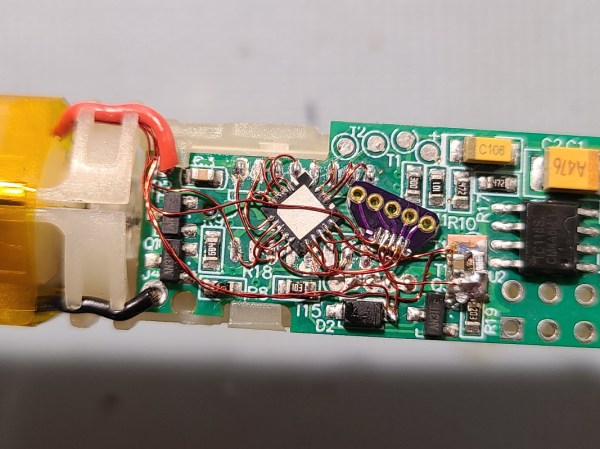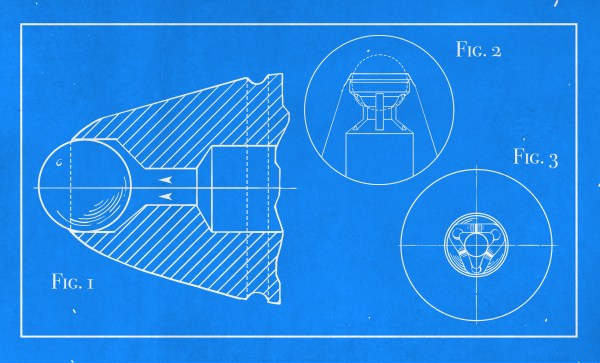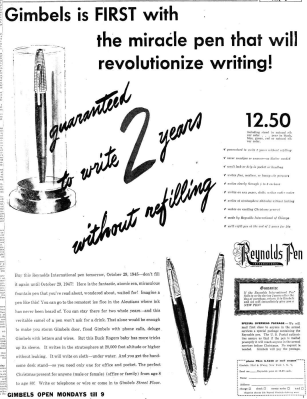Repairing vintage computers is bread-and-butter for many of us around here. The machines themselves tend to be fairly fixable, assuming spare parts are available and there hasn’t been too much physical damage. Peripherals can be another matter, though. Since they interface with the real world they can have more esoteric problems that aren’t always solvable. [joekutz] was handed just such a device in the form of a CE-150 docking station for a Sharp PC1500 Pocket Computer, which has a plotter built in. Here’s his “tip” for getting plotters like these working again.
The first step here is to disassemble the original, dried out pens to scavenge a few of the parts. The outer case needs to be kept so that it can be put back into the plotter, and a small O-ring is saved as well. To replace the dried-out tips [joekutz] discards the original tips and replaces them with tips from a common ink pen, using shrink wrap tubing to help fit the pen’s tip into the original plotter cylinder. He also takes the ink from the pen to fill the plotter’s cartridge, completing the surgery on the multi-colored plotter and bringing it back to life.
Of course this build goes well beyond the plotter, including bringing the PC1500 back to life as well. There are a few other videos about this project covering that original restoration as well as demonstrating some of the quirks of how this computer is meant to be programmed. But we mostly focused on the plotter here since that is a little bit out of the ordinary, and we’re also sure that refilling ink cartridges of any sort gets under the skin of everyone at HP.
Continue reading “Restoring A Vintage Computer And Its Plotter”


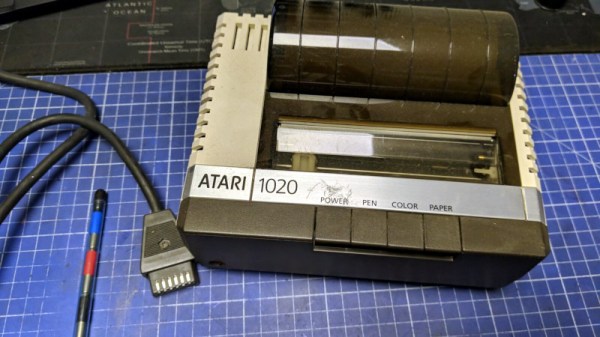
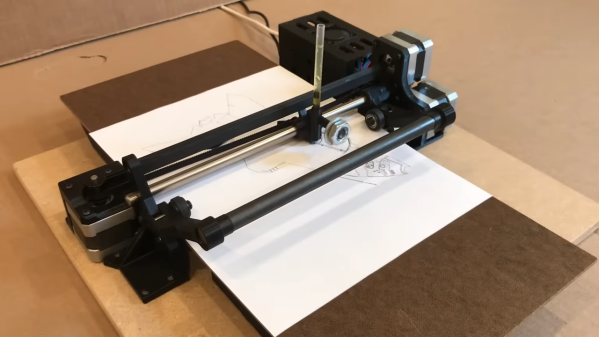

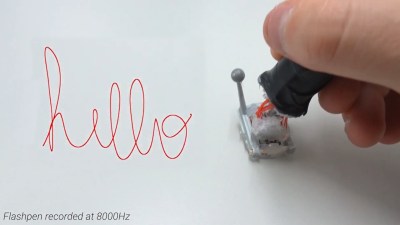 The fundamental technology behind the pen is simple, with the device using an optical flow sensor harvested from a high-end gaming mouse. This is a device that uses an image sensor to detect the motion of the sensor itself across a surface. Working at an update rate of 8 KHz, it eclipses other devices in the market from manufacturers such as Wacom that typically operate at rates closer to 200Hz. The optical sensor is mounted to a plastic joint that allows the user to hold the pen at a natural angle while keeping the sensor parallel to the writing surface. There’s also a reflective sensor on the pen tip which allows cameras to track its position in space, for use in combination with VR technology.
The fundamental technology behind the pen is simple, with the device using an optical flow sensor harvested from a high-end gaming mouse. This is a device that uses an image sensor to detect the motion of the sensor itself across a surface. Working at an update rate of 8 KHz, it eclipses other devices in the market from manufacturers such as Wacom that typically operate at rates closer to 200Hz. The optical sensor is mounted to a plastic joint that allows the user to hold the pen at a natural angle while keeping the sensor parallel to the writing surface. There’s also a reflective sensor on the pen tip which allows cameras to track its position in space, for use in combination with VR technology.
